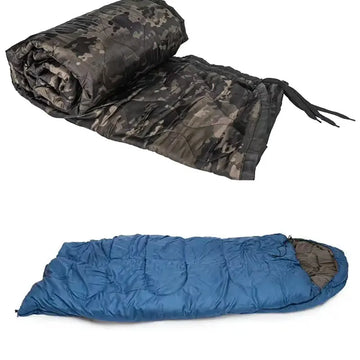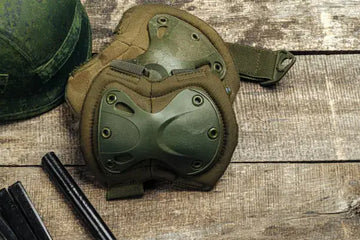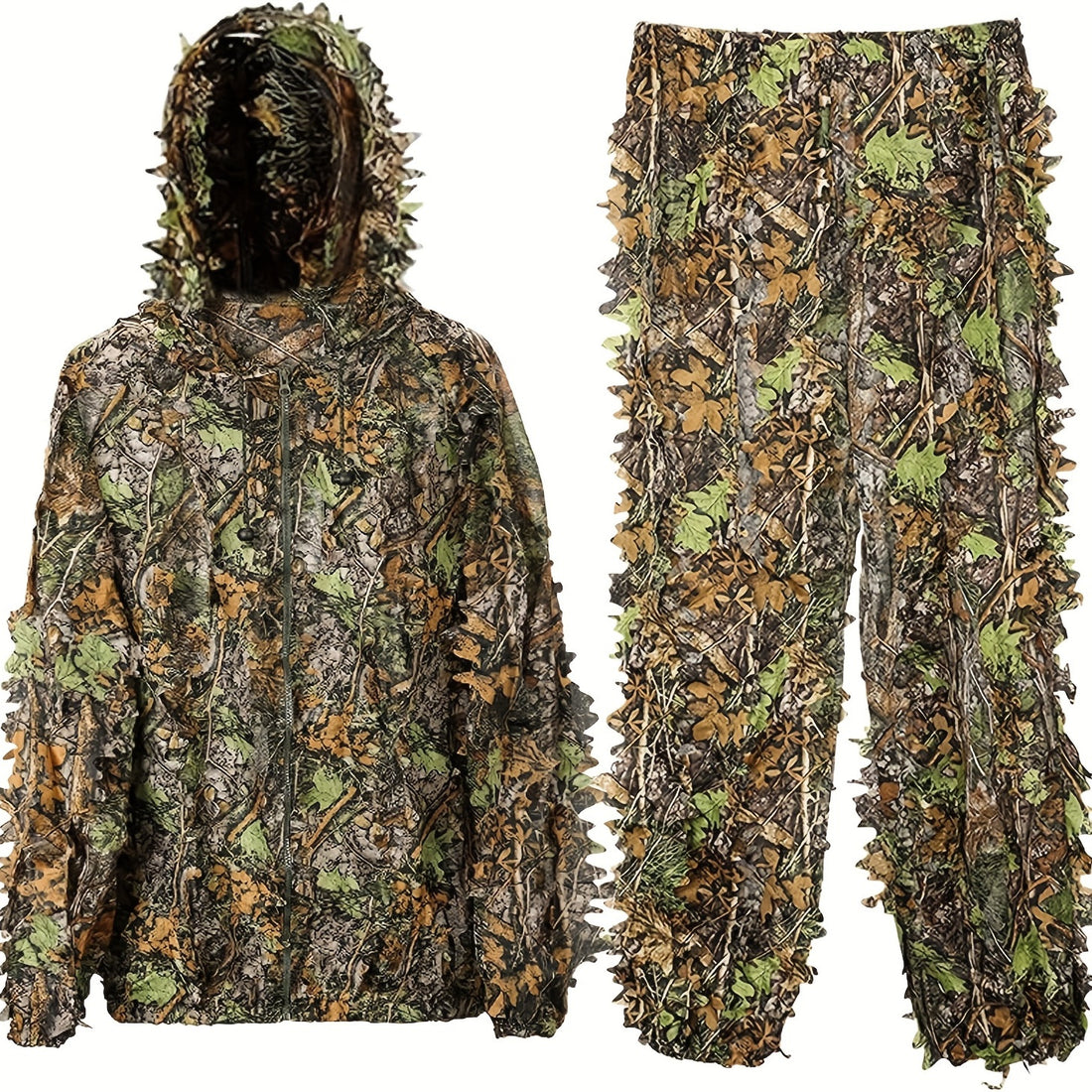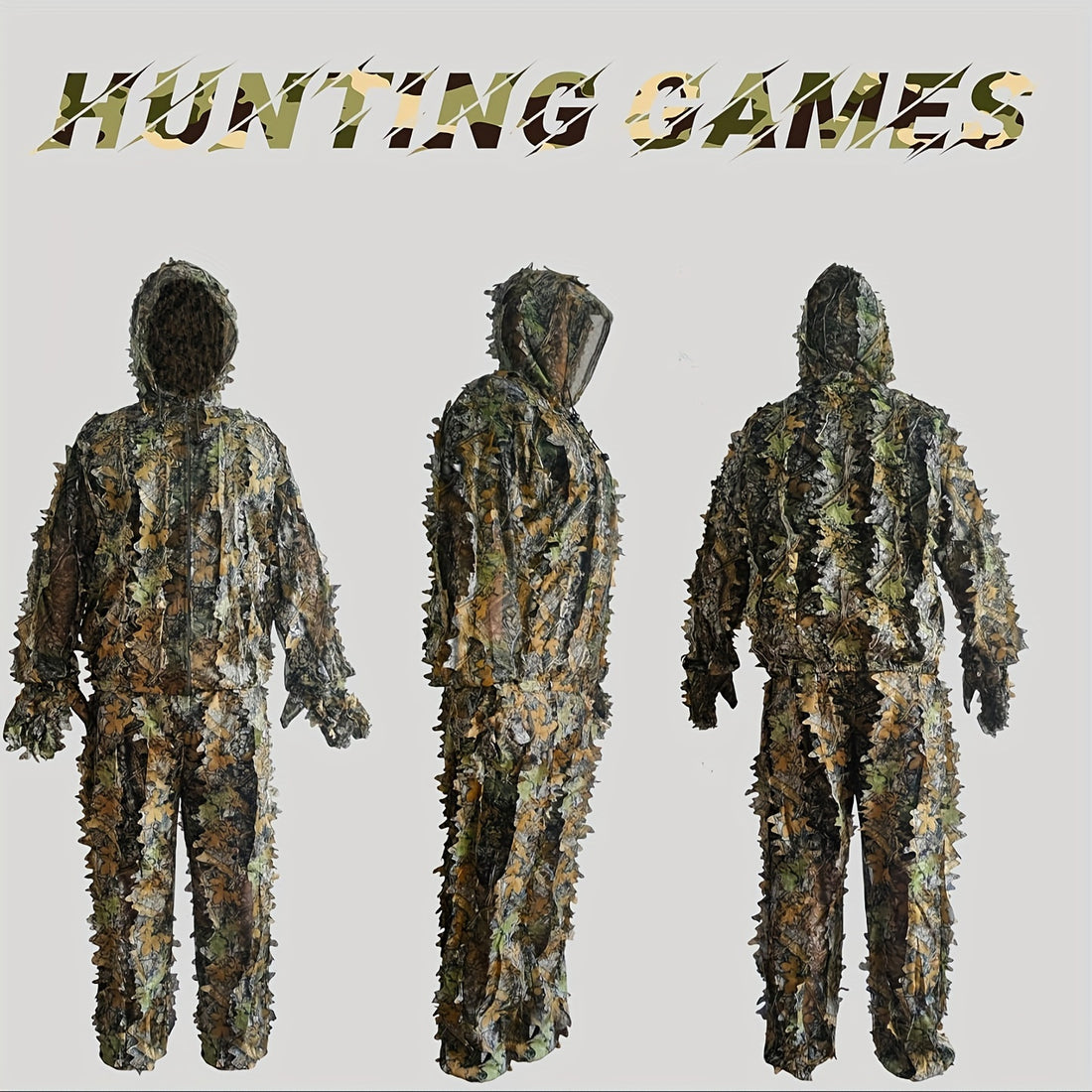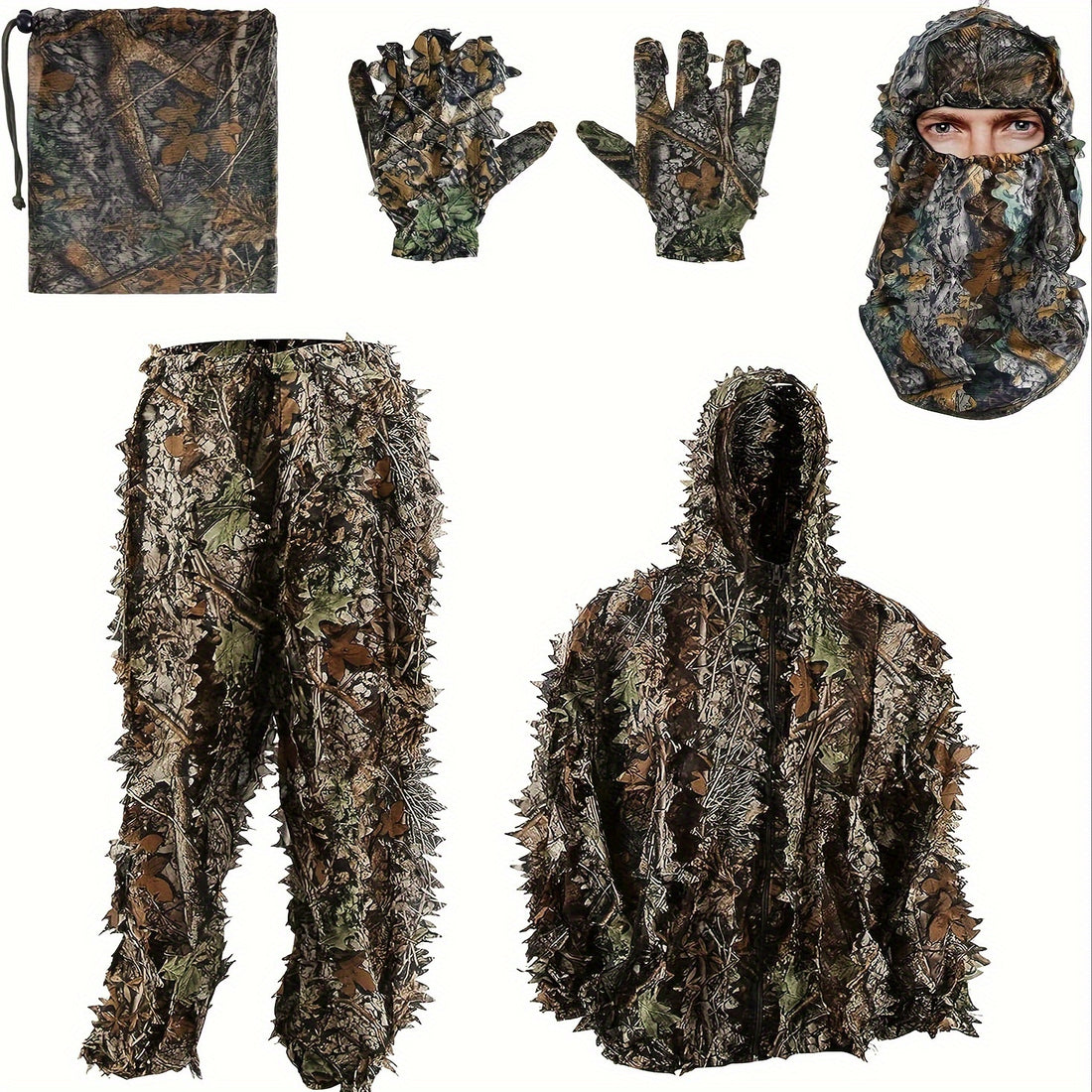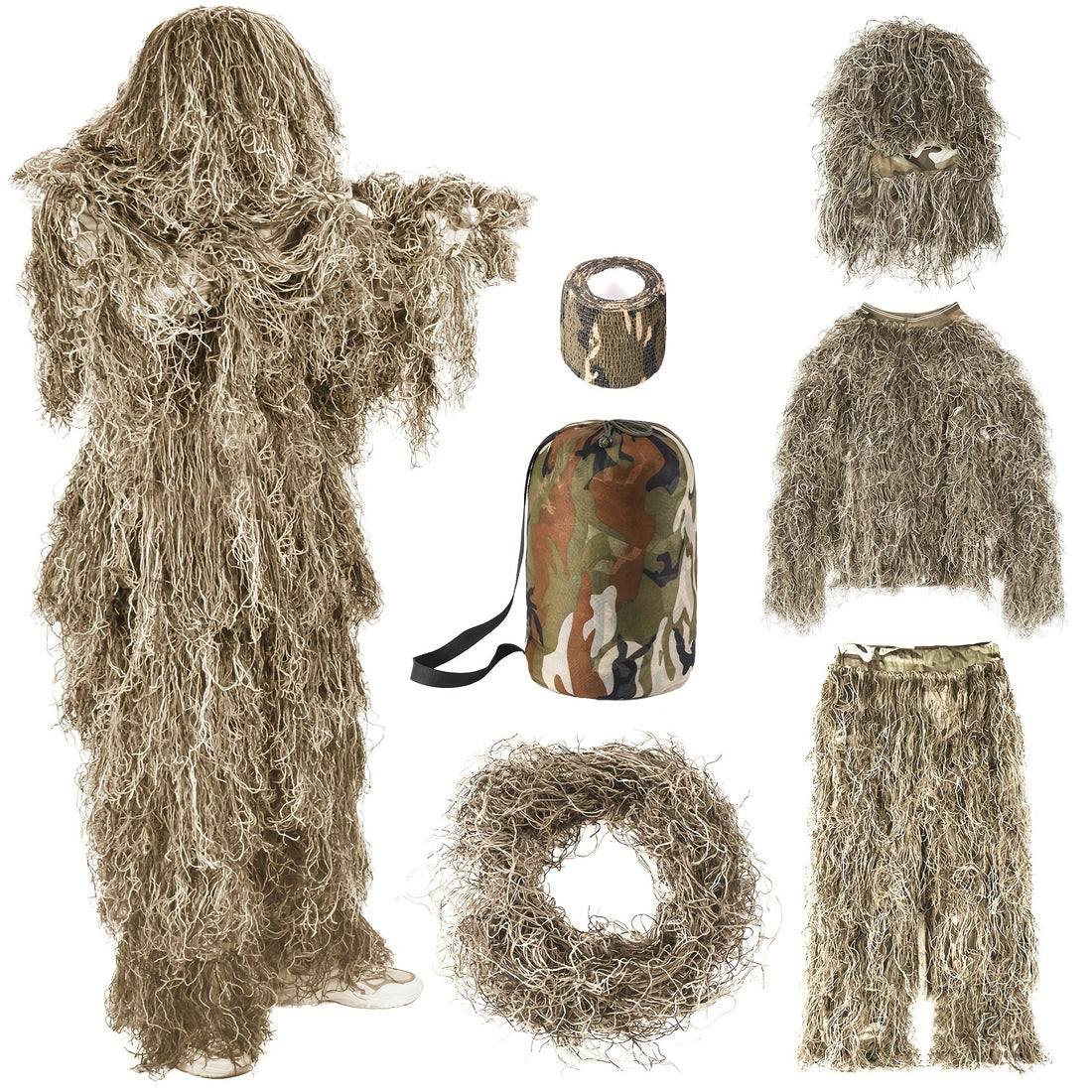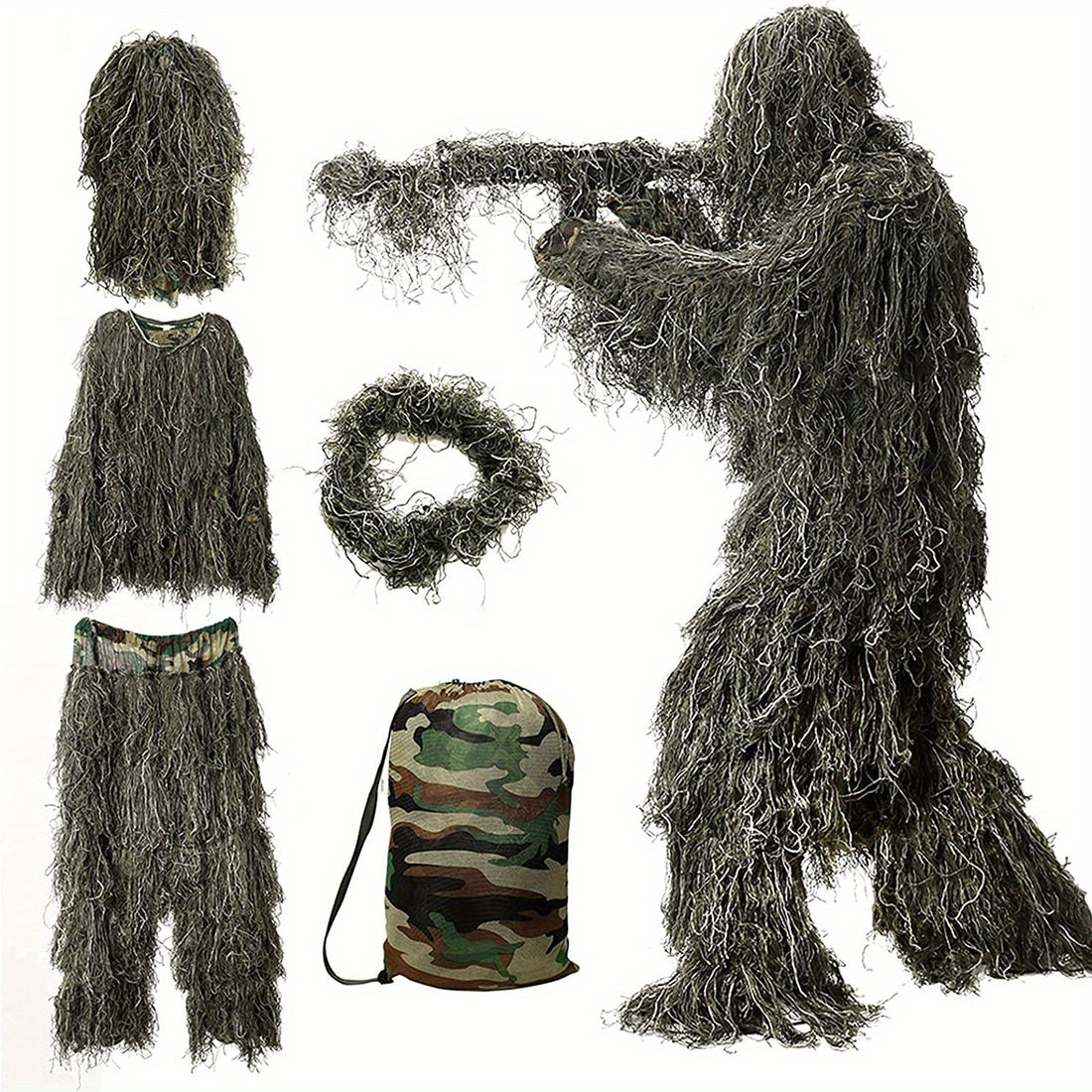For firearm owners, there are times when wearing a traditional holster isn't practical or ideal—such as during a long commute, while hiking, or when traveling. In these scenarios, a backpack with a dedicated, secure firearm compartment provides a solution for discreet and lawful transport. This method serves a different purpose than on-body carry: it's for secure storage and transport, not for immediate defensive access.
This guide explains the proper use, key features, and legal considerations of backpacks designed with integrated firearm storage.
The Primary Use Case: Secure Storage & Transport
A backpack with a concealed carry compartment is not a replacement for a holster you wear on your person. Its value lies in specific situations:
- Commuting & Vehicle Travel: Providing a secure, lockable storage solution in a car, rather than leaving a firearm unsecured in a glove box.
- Outdoor Activities: Securely transporting a firearm during activities like hiking, camping, or hunting, where on-body carry might be cumbersome or interfere with a heavy pack.
- Travel & Transitions: Safely moving a firearm from one secure location (like a home safe) to another (like a range bag or vehicle) with an added layer of discretion and protection.
The key principle is that the backpack is typically off-body during use. Relying on a backpack for immediate self-defense while wearing it is highly inadvisable due to slower access and the risk of being separated from the pack.
Features of a Quality Firearm Transport Backpack
Not every backpack with a hidden pocket is suitable. Look for these purpose-built features:
- Dedicated, Lockable Compartment: A separate zippered sleeve or compartment, preferably with a pass-through for a cable lock (like those from Master Lock) or integrated locking zippers. This allows you to securely attach the pack to an immovable object in a vehicle.
- Discreet Design & Access: The compartment should open independently from the main bag and be discreetly placed to avoid drawing attention. A quick-access zipper pull is useful, but security should be the priority for transport.
- Padded Protection: The compartment should have soft, scratch-free lining and adequate padding to protect your firearm from damage caused by other items in the bag or incidental impacts.
- Durable Construction: The backpack itself should be made from robust materials like 500D or 1000D nylon to withstand use and protect its contents. Reinforced stitching and quality zippers (like YKK) are essential.

Safety and Legal Considerations
Using a backpack for firearm transport carries responsibilities.
- Legal Compliance: Laws regarding firearm transport vary drastically by state, province, and country. You are responsible for knowing and following all local regulations concerning unloaded firearms, locking requirements, and where such packs can be carried.
- Maintain Positive Control: When the backpack is on your person, you must maintain direct physical control over it. Never leave it unattended in a public space.
- Practice Access (If Applicable): If you intend to use the pack for transitional carry (e.g., storing it quickly upon arriving at a destination), practice accessing the compartment safely and efficiently to build muscle memory.
- Clearly Communicate: If traveling with others or in a professional setting, have a clear plan so others do not mistakenly handle the bag.
How It Complements a Traditional Holster System
Think of a firearm transport backpack as a complementary piece of gear.
- Holster: For when you need to be armed and ready with direct, retained access to your firearm on your person.
- Transport Backpack: For when you need to be discreet and secure while legally moving your firearm from Point A to Point B, with the pack serving as a secure, temporary container.
Choosing the right tool depends on the activity and your needs for that moment. A responsible firearm owner may use both, depending on the day's circumstances.
A well-designed backpack with a secure firearm compartment is a smart piece of gear for the responsible owner. By understanding its intended purpose—secure transport and storage—you can integrate it safely and legally into your routine, enhancing your flexibility without compromising on safety or responsibility.

As a manufacturer and supplier of durable tactical and outdoor packs, we specialize in tactical packs and plate carriers. The principles of robust materials, thoughtful design, and reliable manufacturing apply to all specialized carry solutions. We offer wholesale and custom manufacturing services for businesses developing purpose-built gear. Contact us for tailored solutions.




